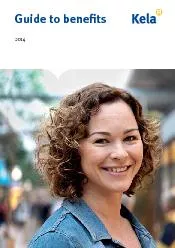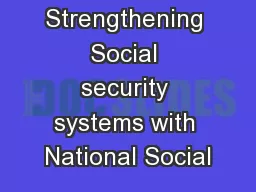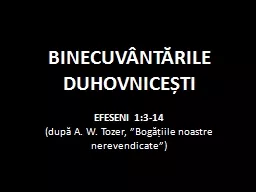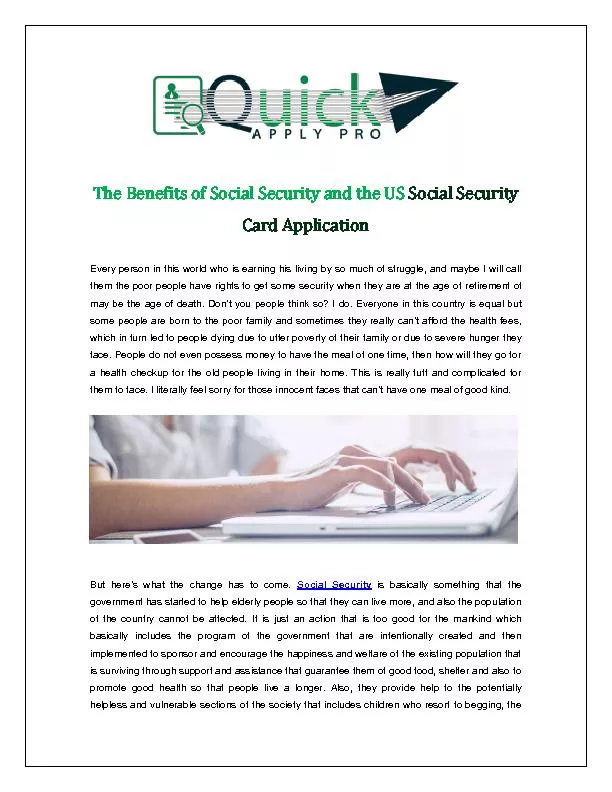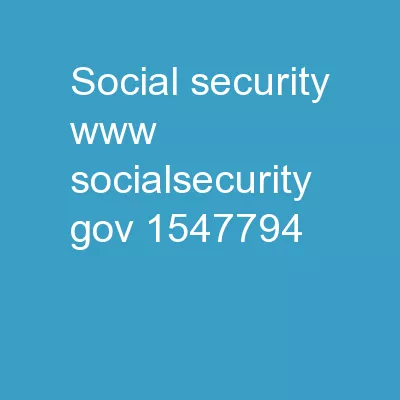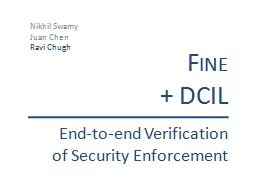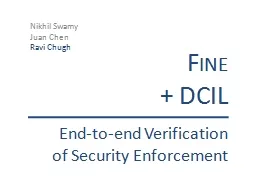PDF-Important information 3RESIDENCEBASED SOCIAL SECURITY 4General prin
Author : joyce | Published Date : 2021-06-10
ts 2014 Contents FINANCIAL AID FOR STUDENTS 47Study grant 48Housing supplement 49Government guarantee for student loans 51School transport subsidy 53CONSCRIPT
Presentation Embed Code
Download Presentation
Download Presentation The PPT/PDF document "Important information 3RESIDENCEBASED S..." is the property of its rightful owner. Permission is granted to download and print the materials on this website for personal, non-commercial use only, and to display it on your personal computer provided you do not modify the materials and that you retain all copyright notices contained in the materials. By downloading content from our website, you accept the terms of this agreement.
Important information 3RESIDENCEBASED SOCIAL SECURITY 4General prin: Transcript
Download Rules Of Document
"Important information 3RESIDENCEBASED SOCIAL SECURITY 4General prin"The content belongs to its owner. You may download and print it for personal use, without modification, and keep all copyright notices. By downloading, you agree to these terms.
Related Documents

